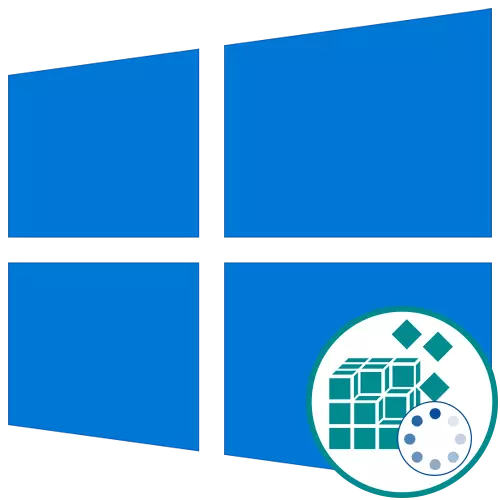
The existence of autoloading in Windows 10 allows users to not run all the necessary programs that should work with the background, when entering the system, as it will occur automatically. However, all these applications still need to be added to the autoload, so that the tool knew which of them to open. You can do this in different ways, but some users are interested in the execution of the task through the registry editor.
Editing autoload parameters through the Windows 10 registry
First of all, we propose to stay in a standard way to work with the registry editor that will suit absolutely all owners of Windows operating system 10 of any assembly. The principle of adding programs is to create an appropriate parameter and assigning a special value to it, but let's analyze everything in order, starting with the transition to the desired key.
- Run the utility to "execute" any convenient way. For example, it can be found through the search in the "start" or it will be enough to simply press the combination of Win + R.
- Then in the window that appears, enter the REGEDIT and click on ENTER.
- Go along the path HKEY_LOCAL_MACHINE \ Software \ Microsoft \ Windows \ Currentversion \ Run to get into the general startup section. If you are interested only in the current user, the path will find the look of HKEY_CURRENT_USER \ Software \ Microsoft \ Windows \ CurrentVersion \ Run.
- Now at the root of the ultimate folder, you see all the string parameters with the values responsible for launching programs. Typically, the name of the parameter indicates how the program it responds, and the path to the executable file is prescribed.
- If you want to create this option yourself, adding software, click the PCM on an empty place, in the context menu that appears, Mouse over to "Create" the cursor and select "String Parameter".
- Specify it the characteristic name in order not to get confused in the future, and then double-click the left-click string to go to change the value.
- In the case when the full path to the executable file is unknown or you cannot remember it, go along the path of its location yourself, open the properties and copy the "Location" string.
- Insert it in the "Value" field, necessarily adding the EXE file format at the end, as it is necessary for the correct start.
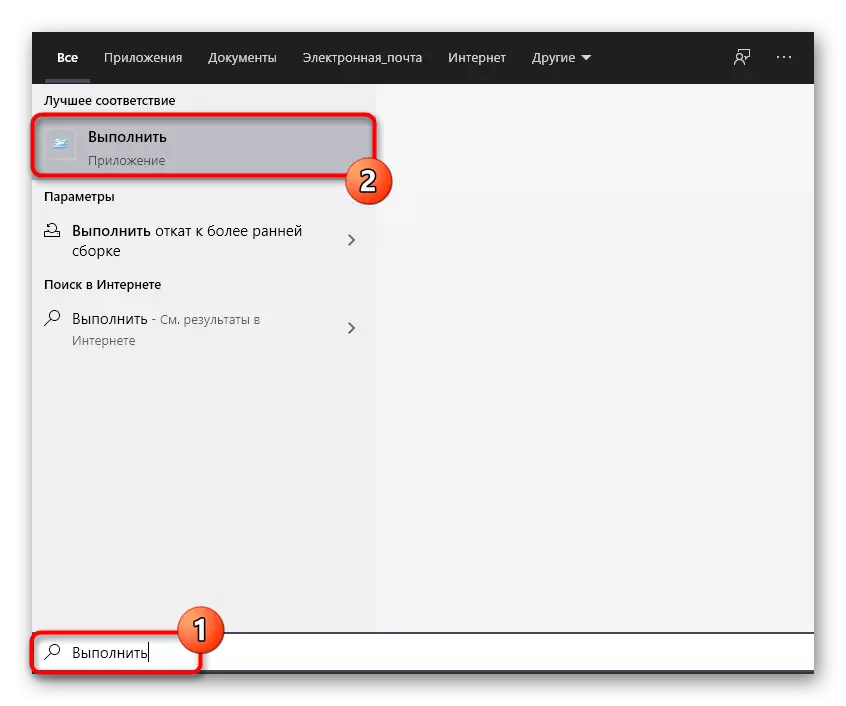
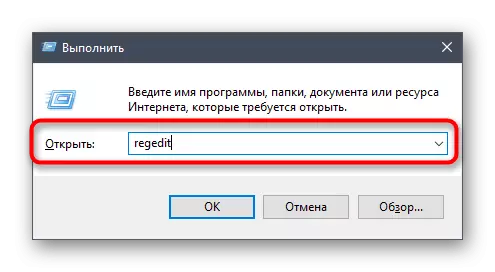
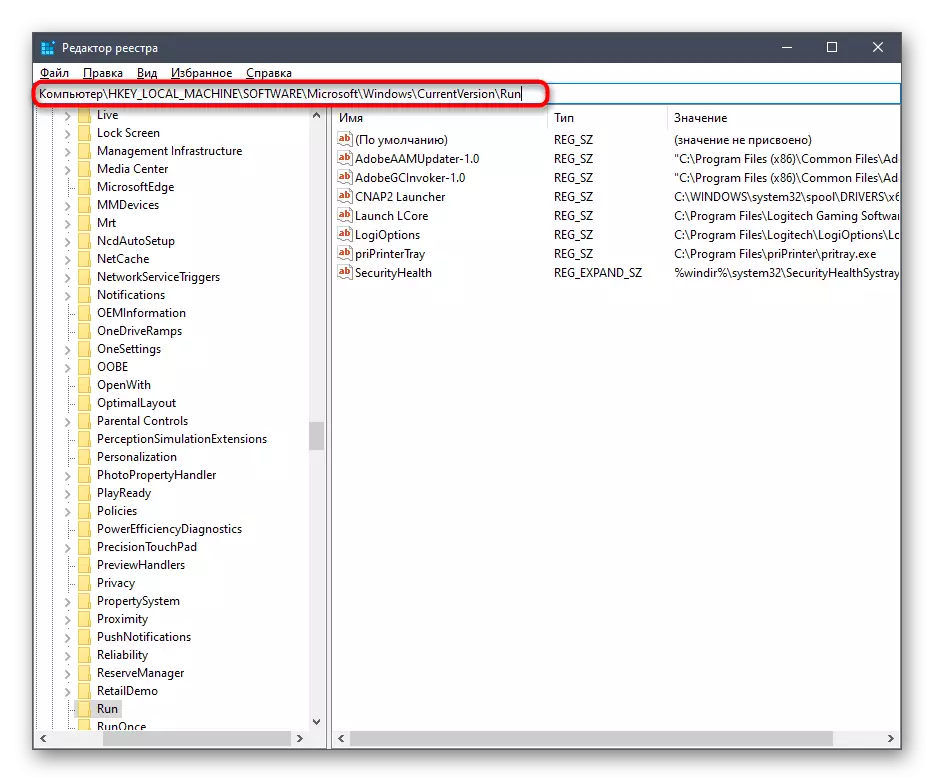
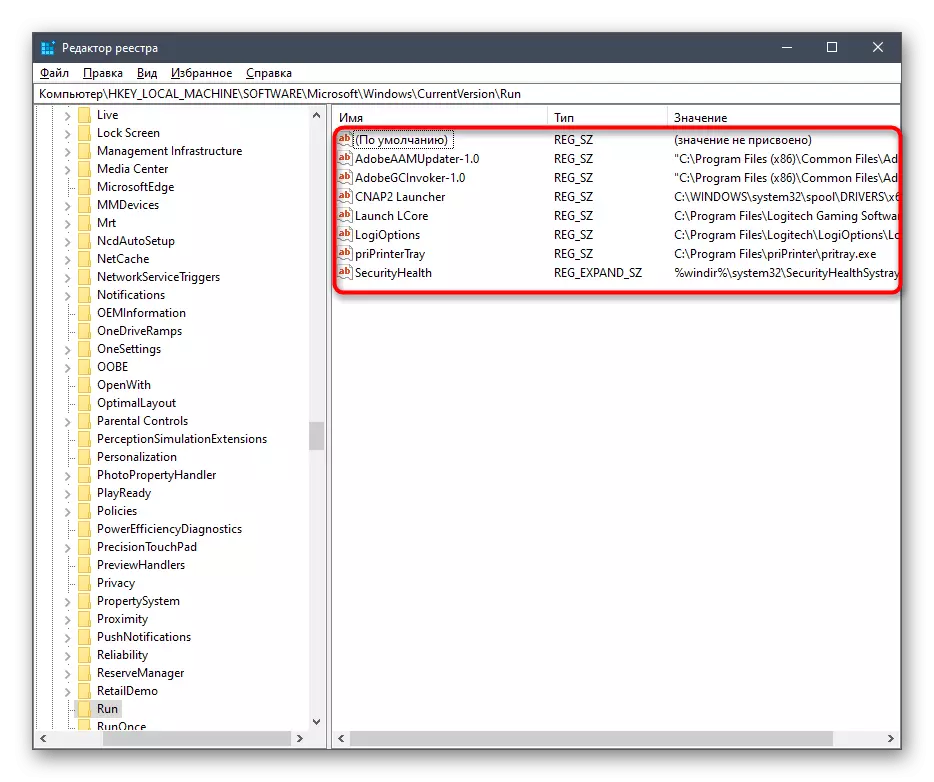
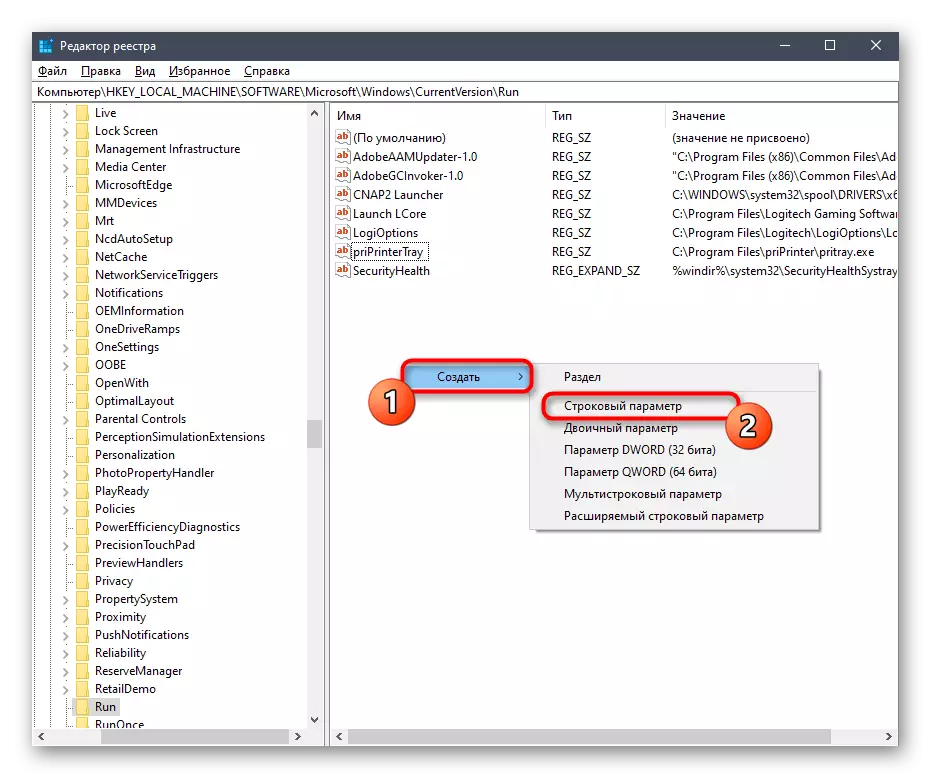
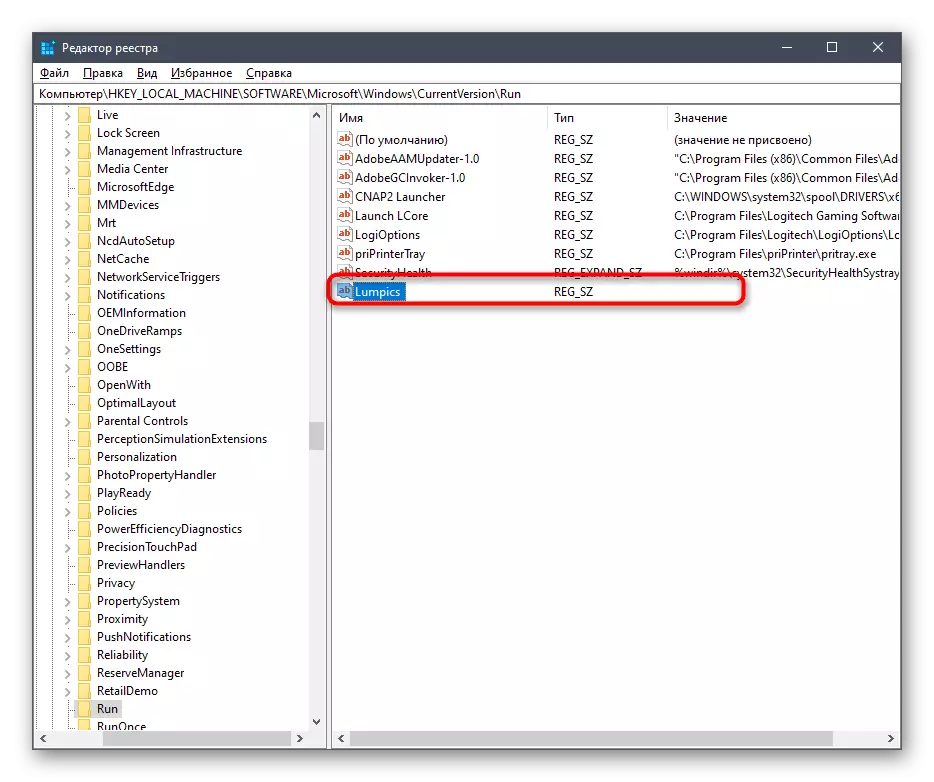
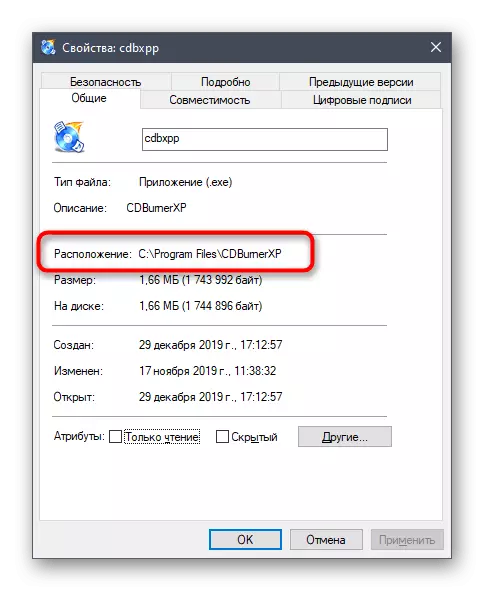
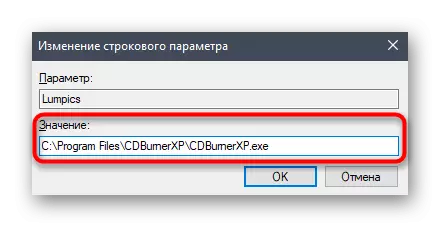
All changes made in the Registry Editor come into force the next time you start the operating system session, so you will sufficiently restart the computer so that new programs added to the autorun start with Windows.
Editing the autoload parameters through the Local Group Policy Editor
Some users know about the existence of a separate snap-in entitled editor of a local group policy. It implements all the same functions that can be performed via the registry editor, however, the settings here occur by interacting with the graphical interface, which greatly simplifies the entire procedure. However, we note that this component is present only in Windows 10 Pro and Enterprise, so the owners of other assemblies will not be able to launch or additionally install this editor. When adding programs to autoload, it creates exactly the same parameters in the registry, which we have already spoken earlier, because of which we offer to study and this method.
- Open the Follow Utility (Win + R) and write in the GPedit.msc field, then press the Enter key.
- Use the left pane to go through the "Computer Configuration" path - "Administrative Templates" - "System".
- At the root of the folder, select "Login to System".
- Among the list of all available options, find the string "perform these programs when entering the system."
- Set the status of this parameter "Inclusive", checking the corresponding item so that you can begin to set it up.
- Now let's get on the addition of programs to autoload. To do this, click on the "Show" button.
- In the "Value" lines, you can specify the full path to the file so that the parameter knows which executable file is run. Available to create an unlimited number of such lines, but note that a large number of autoload applications significantly affects the start speed of the operating system.
- After making all changes, do not forget to click on "Apply" to save them. After that, restart the computer so that new programs start automatically.
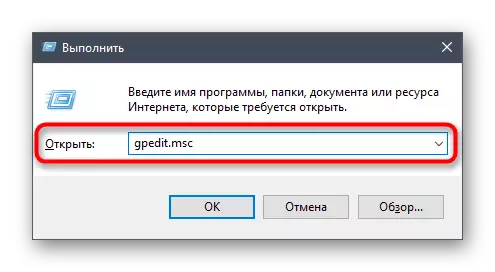
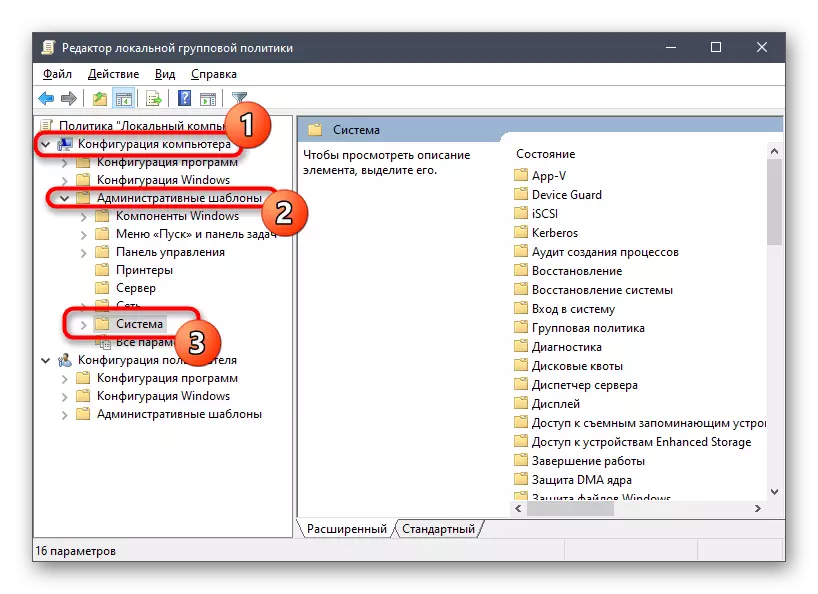
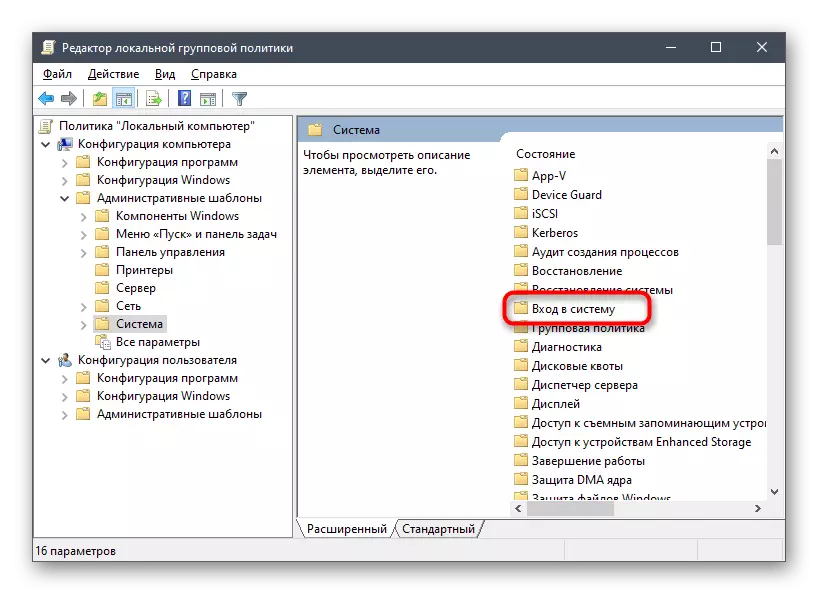
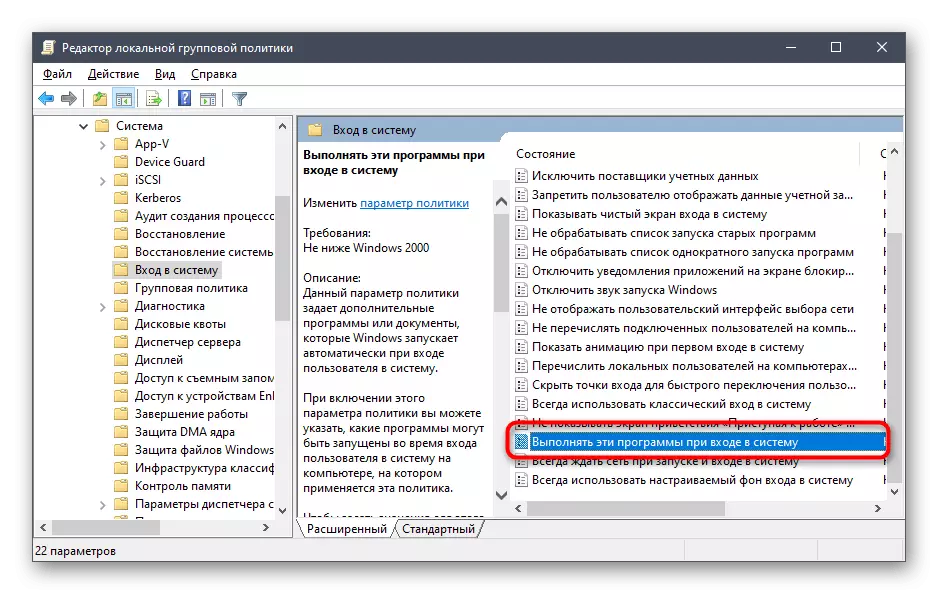
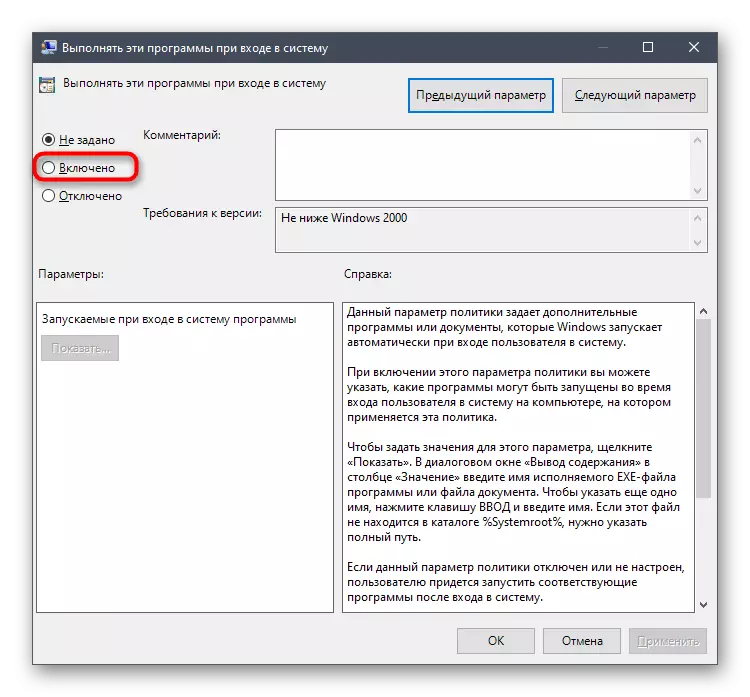
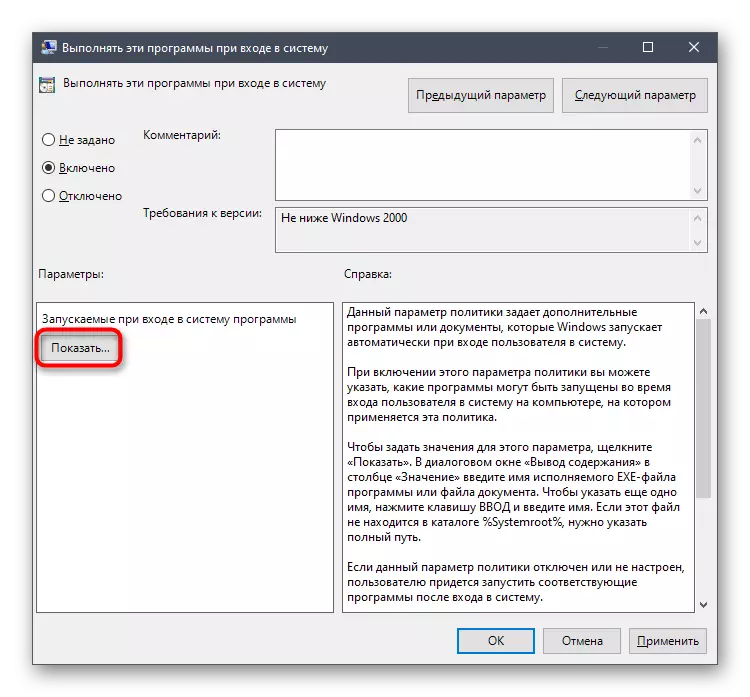
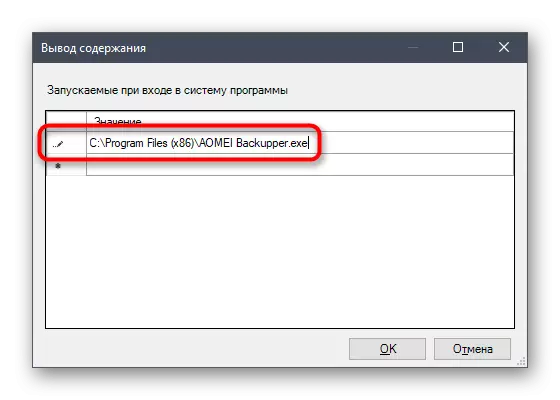
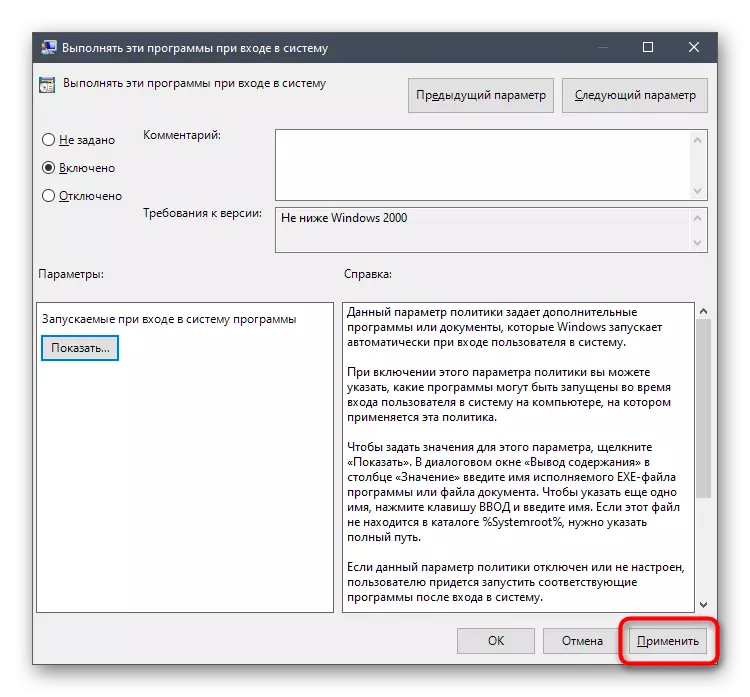
If you are interested in the topic of autoloading in the considered operating system, we recommend familiarizing yourself with other thematic materials on our website, where you will find an explanation of many concepts and detailed instructions for performing various tasks. You can start reading by clicking on one of the references later.
Read more:
Where is the "Auto-loading" folder in Windows 10
Remove the torrent client from Windows 10 autoload
Adding applications to autoload in Windows 10
Disable autorun programs in Windows 10
Within the framework of today's article, you learned about the location of the autoloading section of the software in the registry editor and snap, which allows you to manage local group policies. Now it remains only to realize your goals using these MOST menu.
